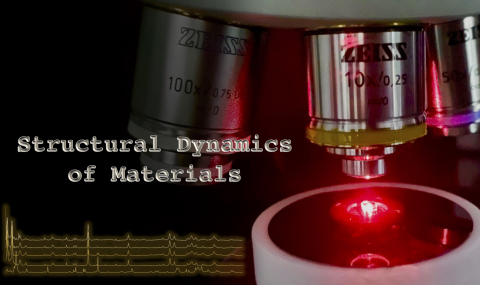To the surprise of many material scientists, about ten years ago, the halide perovskites emerged as excellent materials for solar cells. They are good because their excited charge carriers’ lifetimes are very long. Therefore, carriers can diffuse to the solar cell electrodes and create current. The long lifetimes were surprising because halide perovskites are soft, formed at low temperatures, and have many defects.
These materials’ unique electronic and optical properties attracted many scientists from many fields to study and control them. We and others contributed to the field by demonstrating that the excellent electronic properties are closely related to the motion of the atoms at finite temperatures. Specifically, we showed that the structural dynamics of halide and sulfide perovskites exhibit large-amplitude, polar fluctuations of the octahedra, which screen and scatter charges, thus highly affecting their electronic properties.
We uncovered the mechanisms leading to the order-disorder phase transition in both halide and sulfide perovskites. These mechanisms clarify the disordered nature of the high-temperature phases and the intimate relation between the structural dynamics of 3D perovskites and their 2D counterparts. [1] Comparing the structural dynamics of the double-perovskite Cs2AgBiBr6 to the prototypical halide perovskite CsPbBr3 revealed the difference in octahedral instabilities related to the starkly different photo-voltaic performances. [2]
On-going work on x-ray diffraction and Raman scattering of the lead-bromide series APbBr3 (A = CH3NH3+ (MA), [CH(NH2)2]+ (FA) or Cs) allowed us to uncover the importance of structural dynamics in the excellent photo-voltaic performance of FAPbBr3. On-going work comparing resonance and off-resonance Raman scattering of BaZrS3 reveals the strong electron-phonon coupling leading to the phonon-polaron formation in BaZrS3 and its effect on the electronic and optical properties.
Here are some of our works from past years on halide and sulfide perovskites:
[1] R. Sharma, et al., Physical Review Material (2020), 092401, 4(9)
[2] A. Cohen, et al., Advanced Materials (2022), 2107932
[3] R. Sharma, et al., Physical Review Material (2020), 051601, 4(5)
[4] M. Menahem, et al., ACS Nano (2021), 15(6), 10153-10162


